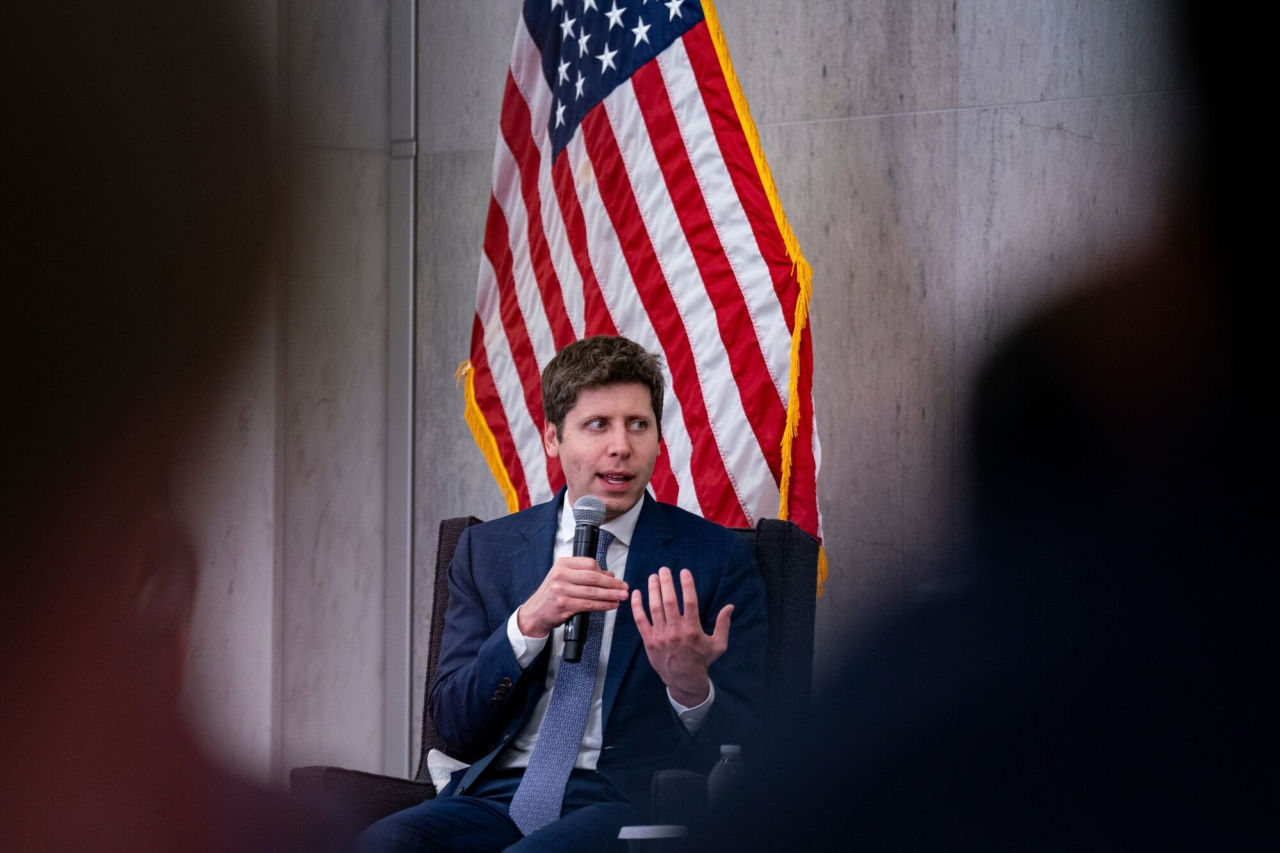OpenAI's Funding Struggles Threaten Oracle and Broadcom Deals

OpenAI’s Ambitious Investments and Financial Challenges
Over the past nine months, OpenAI has made significant financial commitments to support its growing ambitions in artificial intelligence. The company has pledged around $60 billion annually for computing power from Oracle, invested $18 billion in a data-center venture, developed a new mass-market AI hardware device, and purchased $10 billion worth of customized chips. These investments highlight OpenAI's aggressive push to dominate the AI landscape.
However, the biggest challenge for the world’s most valuable startup is how it will finance these massive expenditures. Despite its rapid growth, OpenAI is currently losing billions of dollars each year. According to a person familiar with the matter, the company is on track to generate $13 billion in revenue this year. Less than three years after the launch of ChatGPT, OpenAI is betting heavily on the idea that both businesses and consumers will continue to increase their spending on AI at an explosive rate for years to come.
This belief has placed OpenAI on the hook to pay hundreds of billions of dollars over the next decade. Recent deals involving OpenAI have significantly boosted the market value of two major companies: chip-designer Broadcom and cloud-provider Oracle. These developments have also brought Oracle Chairman Larry Ellison closer to becoming the world’s richest person.
Oracle’s stock market value surged by over $240 billion following the announcement of a large backlog of computing orders. Most of this increase stems from a roughly $300 billion, five-year computing deal with OpenAI, as reported by The Wall Street Journal. Additionally, News Corp, which owns The Wall Street Journal and Dow Jones Newswires, has a content-licensing partnership with OpenAI.
Comparisons to the Dot-Com Era
OpenAI CEO Sam Altman recently compared the current AI investment boom to the dot-com era, acknowledging that some AI startups and investors may “get burned.” However, he believes OpenAI is not among them. The company’s revenue is expected to more than triple this year, and it has projected reaching $100 billion in sales by 2028 and $200 billion by 2030, according to a person familiar with the figures.
Some of Silicon Valley’s largest investors are backing OpenAI’s vision, having committed around $50 billion to the company in the past year. In addition, OpenAI recently announced an updated deal with Microsoft, one of its longest-running partners and biggest investors, which will help the company transition into a for-profit entity.
In less than three years since the release of ChatGPT, OpenAI has amassed over 700 million users, making it the fastest-growing consumer app in history. However, the success of OpenAI’s large-scale commercial deals depends on whether hundreds of millions of people will be willing to spend significantly more on its tools and services in the near future.
Uncertain Future of AI Spending
The projected growth of AI spending, which is expected to reach nearly $3 trillion by 2028, relies largely on this assumption. However, recent studies suggest that converting users into paying customers may take longer than anticipated. A recent study by Menlo Ventures found that only about 3% of consumers pay for AI services, spending approximately $12 billion. The firm’s survey of 5,000 AI users concluded that people use chatbots and other models for a wide range of tasks, but widespread adoption is still far off.
A June survey by McKinsey revealed that eight out of ten companies report no significant bottom-line impact from using AI products. Similarly, a report from a Massachusetts Institute of Technology initiative found that AI use at hundreds of companies hasn’t led to significant revenue growth or profits.
Microsoft CEO Satya Nadella has suggested that the best way to measure progress in the AI industry is through GDP growth of 10% per year, comparable to the peak of the industrial revolution. A recent report by researchers at the University of Pennsylvania’s Wharton School estimated that AI could boost productivity and GDP by 1.5% by 2035.
Challenges and Optimism
While many executives, investors, and researchers believe AI will eventually disrupt every industry, they also acknowledge that generating profit from it will be a complex challenge. Dave Blundin, founder of Link Ventures, called the AI revolution the “most transformative thing in human history” but warned that many companies and investors would lose money.
OpenAI’s annual losses are expected to accelerate in the near term. Altman told investors last fall that the company would lose $44 billion through 2029, the first year in which he predicts profitability. The company also faces challenges in restructuring into a for-profit entity, with roughly $19 billion in committed funding conditional on completing this process.
Despite these challenges, many OpenAI backers remain optimistic, believing the technology is still in its early stages. Altman has proven to be an exceptional fundraiser, securing more capital than any previous startup CEO. The company expects continued investment from corporations seeking advanced features and other AI companies leveraging its technology. However, this depends on the assumption that its AI models will improve significantly and that companies will find ways to extract value from the technology.
Post a Comment